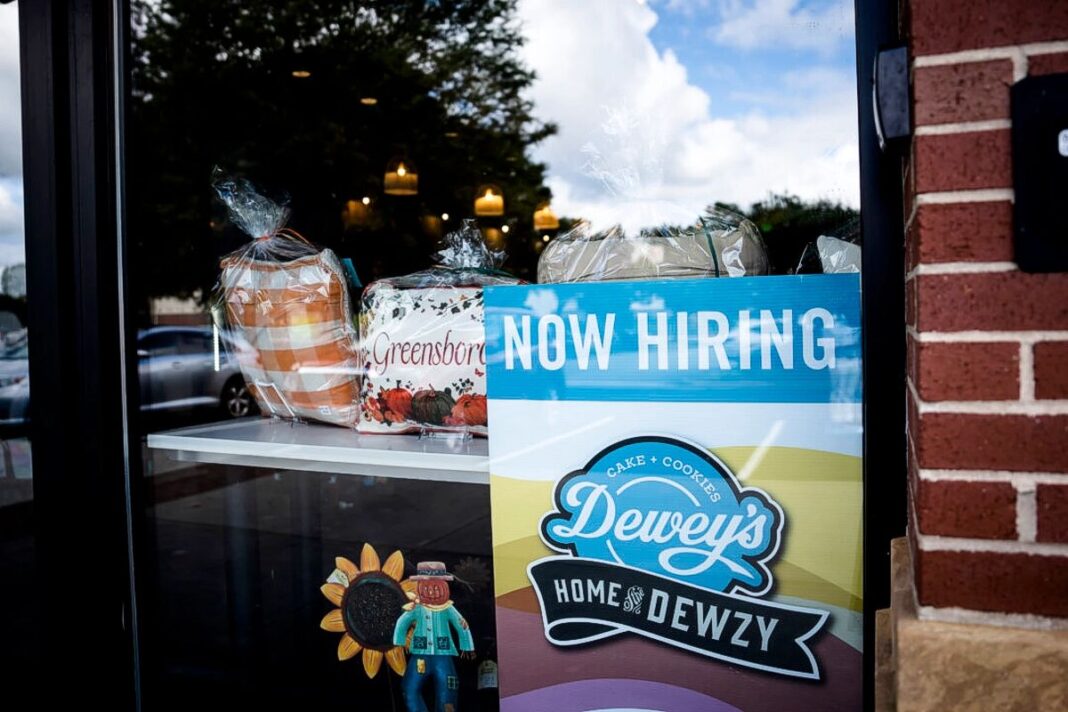‘Consumers seem to be over the tariff shock in April,’ one expert says.
Consumers’ appetite for shopping rebounded in June following a pullback in the previous month.
Retail sales surged at a higher-than-expected pace of 0.6 percent in June, according to Commerce Department data released on July 17. This is up from a 0.9 percent decline in May and a tepid 0.1 percent gain in April.
The consensus estimate suggested a 0.1 percent rise.
Retail sales also climbed by 3.9 percent year over year, surpassing the market forecast of 3.6 percent.
Excluding cars and auto parts, retail sales jumped by 0.5 percent.
“Consumers seem to be over the tariff shock in April and are back at it with spending,” Jamie Cox, managing partner at Harris Financial Group, said in a note emailed to The Epoch Times.
While the headline figures suggest that consumers shrugged off tariff-related anxiety, one expert says tariff fears may have bolstered last month’s consumption trends.
“If anything, tariff fears seem to be accelerating sales, at least in the near term,” Ted Rossman, senior industry analyst at Bankrate, said in a statement to The Epoch Times.
“There is, of course, a lot of uncertainty regarding tariffs and the path forward. But a strong June was about more than just a tariff pull-forward. The consumer is generally in good shape.”
Despite the Trump administration’s levies and economic uncertainty, Commerce data revealed broad-based strength across the U.S. marketplace.
Transactions at car and auto parts dealers surged by 1.2 percent. Apparel sales advanced by 0.9 percent, while restaurant sales rose by 0.6 percent. Sales at online retailers also increased by 0.4 percent.
In addition, a key metric used to calculate GDP exceeded economists’ expectations.
The retail sales control group—excluding auto dealers, building materials stores, food services, and gasoline stations—rose by 0.5 percent from a downwardly revised 0.2 percent in May.
Looking ahead, July could be a blockbuster retail sales report.
This month, scores of retailers launched various sales events, led by Amazon’s four-day Prime Day. Experts say consumers took advantage of the discounts.
According to Adobe Digital Insights, online spending totaled $24.1 billion, up more than 30 percent from a year ago.
“This is more than two Black Fridays—which drove $10.8 billion in online spend during the 2024 holiday shopping season—and sets a new benchmark for the summer shopping season,” the Adobe report reads.
In July 2024, retail sales increased by 1.2 percent.
By Andrew Moran








